Among the Arctic’s most prized wild fruits, cloudberries (Rubus chamaemorus) stand out for their rich golden-orange hue, tartly sweet flavor, and rarity. Nicknamed the “Gold of the Arctic,” these delicate berries have captured the culinary and cultural hearts of northern nations for centuries. Beyond their gourmet appeal, cloudberries are packed with nutrients and antioxidants, making them a sought-after ingredient in both traditional recipes and modern superfood markets.
Given their specific growing conditions — thriving in cold, boggy tundra regions — cloudberries are not commercially farmed on a global scale. Instead, they are gathered predominantly from wild populations. This leads to an important question for agricultural and botanical scholars:
Which country produces the most cloudberries globally?
After analyzing climatic suitability, regional traditions, and harvest reports, the clear answer is Russia, with significant contributions from Finland, Sweden, Norway, Canada, and Alaska. Let’s explore how this ranking emerges, what makes cloudberries so special, and why their harvest remains both valuable and ecologically sensitive.
What Are Cloudberries?
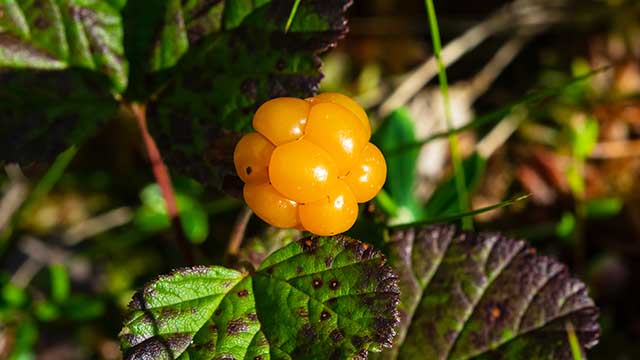
Cloudberries are a member of the Rosaceae family, closely related to raspberries and blackberries. They grow as low herbaceous perennials, producing white flowers in spring and soft, amber-colored berries in mid to late summer.
Key characteristics:
- Found in peat bogs, marshes, tundra plains, and alpine meadows
- Prefer acidic, nutrient-poor soils and climates with long winters and short, cool summers
- Each plant produces separate male and female flowers, requiring proximity for pollination
- Ripen briefly from July to August, making their harvest window narrow
Their unique taste — a combination of sweet and tart, often described as reminiscent of apricot and cranberry with a hint of earthiness — makes them a delicacy in northern cuisine.
Nutritional and Economic Significance
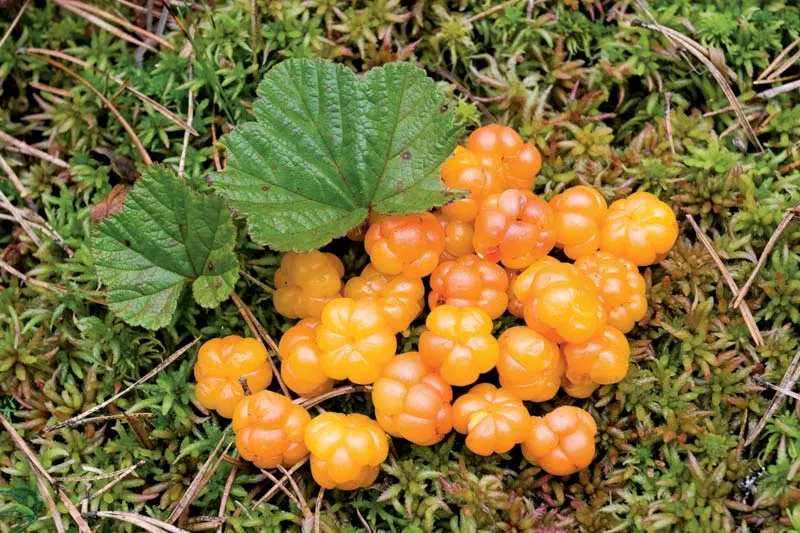
Cloudberries aren’t just culturally valued — they are nutritional powerhouses:
- Vitamin C: One of the highest concentrations among berries, crucial for immune health
- Ellagic Acid & Anthocyanins: Antioxidants linked to reduced inflammation and disease prevention
- Omega-3 & Omega-6 fatty acids: Found in the seeds, beneficial for heart and skin health
- High fiber content: Aids digestion and metabolic health
Because of their nutritional benefits and rarity, cloudberries command high prices in both local and export markets. In Scandinavia, prices can reach €10–30 per kilogram in peak season, with processed products like jams, syrups, and liqueurs fetching premium rates.
Where Do Cloudberries Grow?
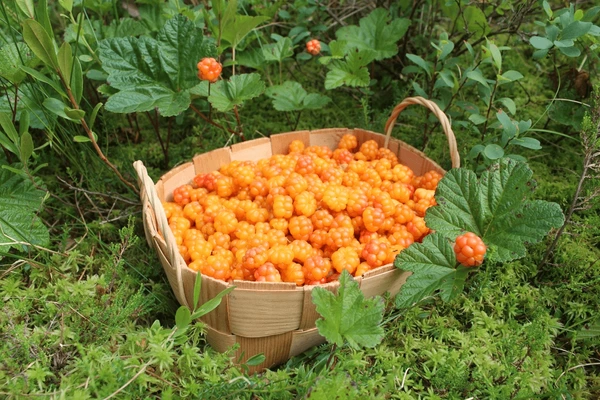
Cloudberries naturally grow across circumpolar regions of the Northern Hemisphere, including:
- Northern Europe (Finland, Norway, Sweden)
- Russia
- Canada
- Alaska
- Small parts of Scotland, Greenland, and Siberia
Due to their specific habitat needs and difficulty in cultivation, cloudberries are rarely farmed commercially. Instead, most production still relies on wild harvesting.
The Global Production Leader: Russia

Russia is by far the largest producer of cloudberries globally.
Why Russia Leads:
- Extensive Arctic peatlands and tundra ecosystems: Spanning millions of hectares across Siberia and the Russian Far East.
- Abundant wild populations: The vast, untouched landscapes make Russia’s cloudberry harvest unmatched in volume.
- Limited competition: With relatively few organized commercial operations elsewhere, Russia’s wild harvest volume surpasses all other nations.
Though official agricultural statistics for cloudberries are scarce — as it remains a non-cultivated, wild-harvested product — Russian harvesters gather thousands of tonnes annually, both for personal use and local markets.
In rural Siberia and Arctic villages, cloudberry picking is an important seasonal activity, contributing to both household nutrition and regional economies. Berries are either sold fresh at local markets or processed into jams, desserts, and preserves.
Finland: The Commercial and Culinary Hub
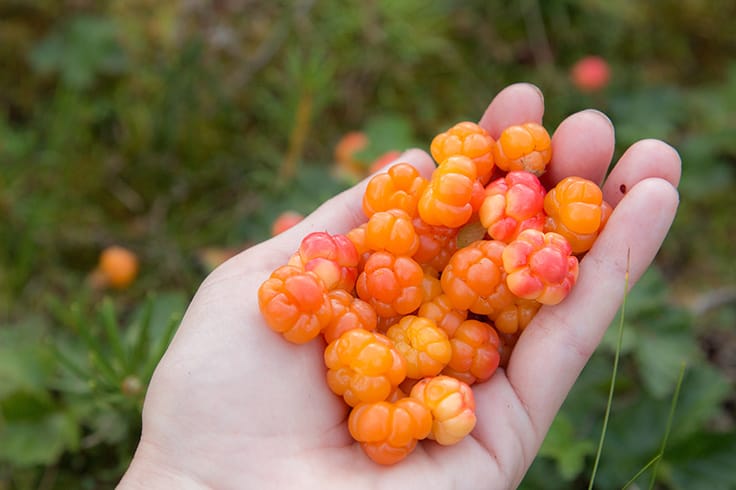
While Russia leads in sheer volume, Finland is a global leader in cloudberry commercialization, processing, and product innovation.
Finland’s Role:
- Most prized berry in Finland — considered a national delicacy.
- Official harvest figures estimate annual collection of over 2 million kilograms in peak years.
- Finland has developed limited commercial cultivation, mainly in Lapland, although wild harvesting remains dominant.
- Cloudberries feature prominently in traditional Finnish desserts like lakkahillo (cloudberry jam), leipäjuusto (cheese with cloudberry jam), and cloudberry liqueur (Lakka).
Thanks to high domestic demand and strong export markets, Finland processes a significant portion of its cloudberry harvest into gourmet food products.
Sweden and Norway: The Cultural Custodians
Both Sweden and Norway have long-standing cloudberry traditions.
- In Sweden, cloudberries are called hjortron and are mainly harvested in the north.
- Norway refers to them as multebær, and they are highly prized, especially in rural areas of Troms and Finnmark.
In both countries:
- Wild harvesting is protected under “Everyman’s Right,” granting the public access to gather berries on uncultivated land.
- Cloudberries command high prices due to their scarcity and popularity in festive desserts like multekrem (cloudberries with whipped cream).
- The harvest is around 500–800 tonnes per year per country, depending on weather and crop conditions.
Canada and Alaska: The North American Producers
In Canada’s Newfoundland, Labrador, Nunavut, and parts of Quebec and Manitoba, cloudberries — locally known as bakeapples — are a cherished wild berry.
- Estimated harvests range from 300 to 600 tonnes annually, primarily through local foraging.
- Many Indigenous communities continue traditional cloudberry picking and preserve-making.
In Alaska, cloudberries grow widely in tundra and wetland areas, contributing to local subsistence and small-scale market sales.
Challenges in Cloudberry Production
Despite rising demand, cloudberry production faces several obstacles:
- Narrow harvest window: Typically 2–4 weeks in midsummer.
- Labor-intensive foraging: Harvesters must traverse remote bogs and tundra, often by foot.
- Ecological sensitivity: Peatlands are fragile ecosystems vulnerable to drainage, climate change, and overharvesting.
- Limited commercial farming: Cultivation is difficult due to cloudberries’ complex male and female plant requirements, sensitivity to soil pH, and short growing seasons.
Some experimental farms exist in Finland and Norway, but wild harvesting remains dominant worldwide.
Production Rankings Summary
| Rank | Country | Estimated Annual Harvest | Harvest Type | Notes |
|---|---|---|---|---|
| 1 | Russia | 10,000+ tonnes | Wild harvest | Largest global supplier |
| 2 | Finland | 2,000–2,500 tonnes | Wild & limited cultivation | Strong commercial presence |
| 3 | Norway & Sweden | 500–800 tonnes each | Wild harvest | High domestic demand |
| 4 | Canada | 300–600 tonnes | Wild harvest | Mainly local use |
| 5 | Alaska (USA) | 200–400 tonnes | Wild harvest | Subsistence & local markets |
Conclusion
In conclusion, Russia is the largest cloudberry producer globally, thanks to its immense Arctic and subarctic landscapes teeming with wild berries. Though exact data is difficult to verify due to the informal nature of berry picking in remote areas, estimates consistently place Russia ahead of all other nations in total cloudberry harvest volume.
Finland leads in commercialization, processing, and culinary use, while Sweden, Norway, Canada, and Alaska maintain strong cultural and subsistence traditions.
As demand for antioxidant-rich, Arctic-foraged superfoods continues to grow, cloudberries remain a precious — and ecologically sensitive — natural resource, balancing ancient tradition with modern culinary appeal.
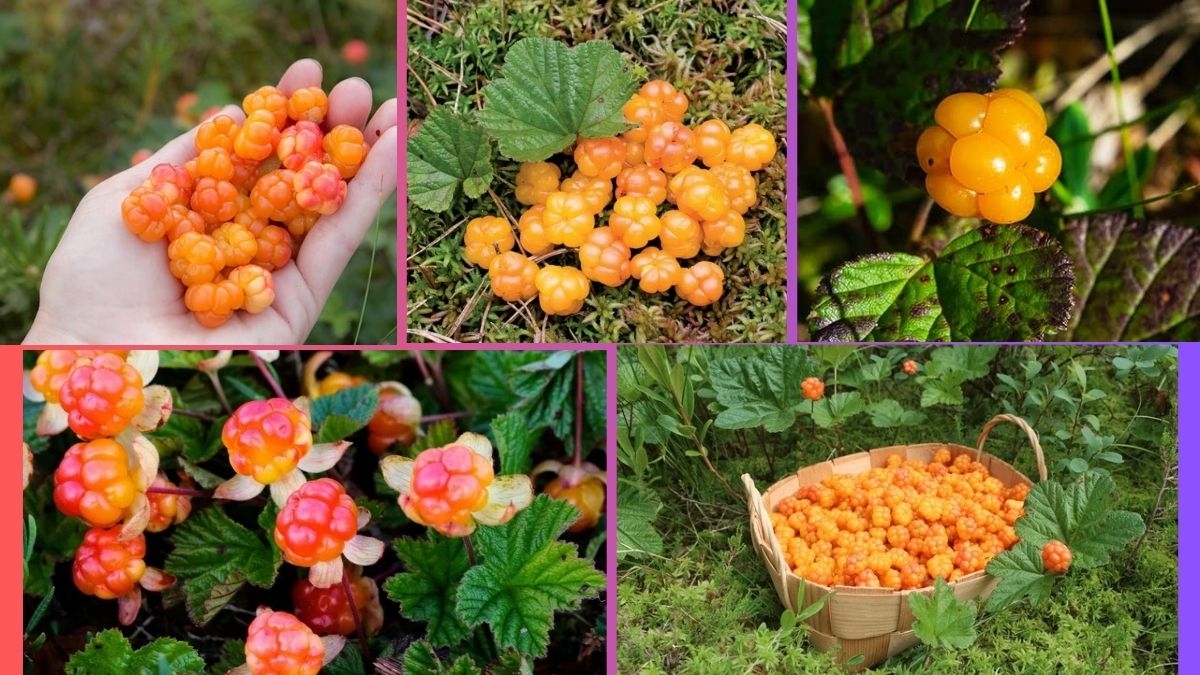
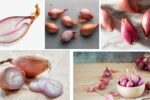


Leave A Comment